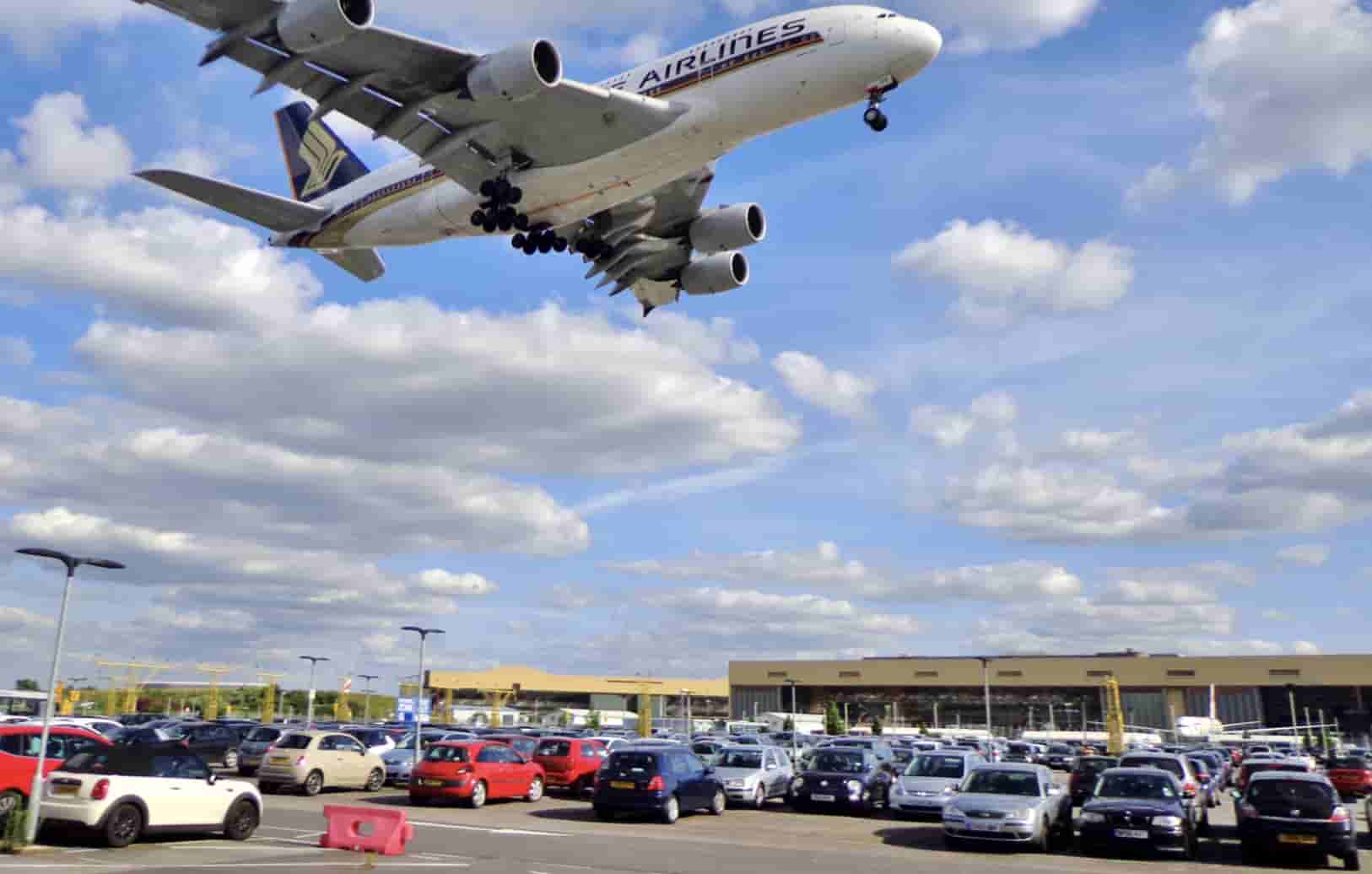Airport Parking Issues: A Tough Cookie to Crack
If you’ve ever driven yourself to catch a flight, then you must be familiar with much-dreaded airport parking issues. If you finally find a good spot and it is nowhere near your airport terminal – the day couldn’t get worse. Airports also often charge exorbitant parking fees for spaces that are close to the terminal, making airport parking an unpleasant experience for vehicle owners.
Let’s take a look at how we can make parking at the airport a better experience.
Airports and ground side capacity
Today, the US alone is home to more than 18,000 airports, ranging from large airports to small air garages that host only a handful of aircraft. On any given day, tens of thousands of people travel to and from airports, taking personal vehicles, rented cars, or hailed cabs. A large number of vehicles often results in airport parking being packed to the brim, often taking ages to clear up.
This is why increasing ground side capacity is a significant concern for airport authorities and related stakeholders. Ground side capacity determines how much traffic the parking lots, roads, and terminals can accommodate.
At the same time, steps to increase ground side capacity are usually vehemently opposed by residents near the airport who are concerned about the environment and rising pollution levels.
However, an airport that doesn’t meet the ground side capacity requirement can face major parking issues in the future
Common parking challenges faced at airports
Parking problems at the airport can affect its efficiency as a public space and bring down customer satisfaction, the quality of airport operations, and the income from parking revenues.
- Unnecessary traffic and congestion
- Inefficient Employee parking
- Damaged vehicles
- Dissatisfied customers
Unnecessary traffic and congestion
Limited ground-side capacity leads to a shortage of parking spots. And the traffic moving in and out of the area is bound to get heavier during rush hours. Even if some visitors choose not to park at the airport, the possibility of massive traffic congestion in the surrounding areas of the city remains high.
Inefficient Employee parking
While the primary focus of airport parking is generating revenue from visitors, authorities cannot overlook providing space for airport employees. Inadequate parking can affect punctuality among the employees, something which cannot be compromised in an industry that promises timeliness. Employees who are late can lead to slower operations, delayed flights, and insufficient security staff – all of which can further affect the passengers’ traveling experience.
Damaged vehicles
Frequent travelers do not really prefer parking at the airport, and for good reason. Most of them worry about the potential risk of damage to their vehicle as a result of absent-minded, hurried parking accidents from fellow passengers. Finding dents, scratches, broken glasses, and worse on your car are common occurrences at airport facilities, especially unmonitored ones..
Dissatisfied customers
All this boils down to customer dissatisfaction. Nobody likes waiting in traffic or driving around looking for a parking space, especially when they have a flight to catch. Parking shortage can lead to stressed and agitated customers being forced to waste their money and time, leading to the risk of airports losing parking revenue.
Also Read: Airport Parking in A Pandemic: What You Need to Know
How can smart parking management systems help solve airport parking issues?
Smart parking systems use sensors, cameras, and parking management software to track and display the availability of parking spots in real-time.
Installing smart parking guidance systems can-
- Help airport admins keep track of and take control of their parking lots
- Allow visitors, travelers, and employees to find the best routes to empty parking spaces through a consumer app
- Minimize on-road traffic and congestion near the airport
- Offer online reservations of parking spaces, touchless payments, and more to streamline parking
- Allow employees and regular travelers to purchase parking permits
For airports, this means efficient usage of their ground-side capacity.
Wrapping up
Since parking contributes a significant portion of the revenue that airports make, they need to be more aware of problems that their parkers face so that they can work proactively in curbing parking issues. Well-planned parking infrastructure, intelligent solutions, and automation in the parking systems are ways in which airports can effectively utilize their ground-side capacity.

